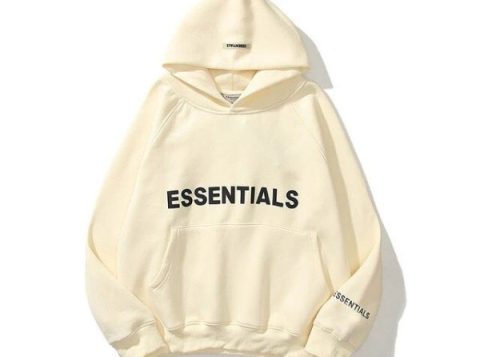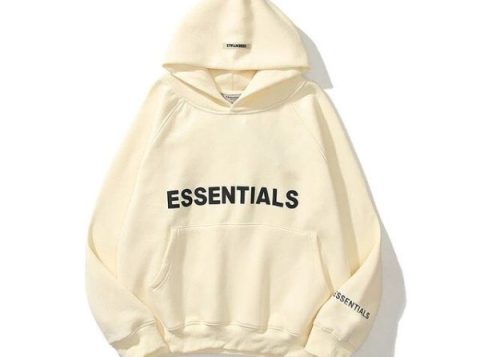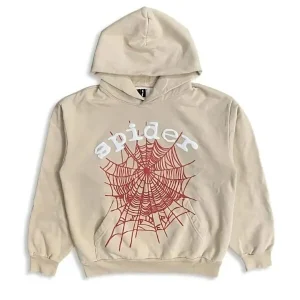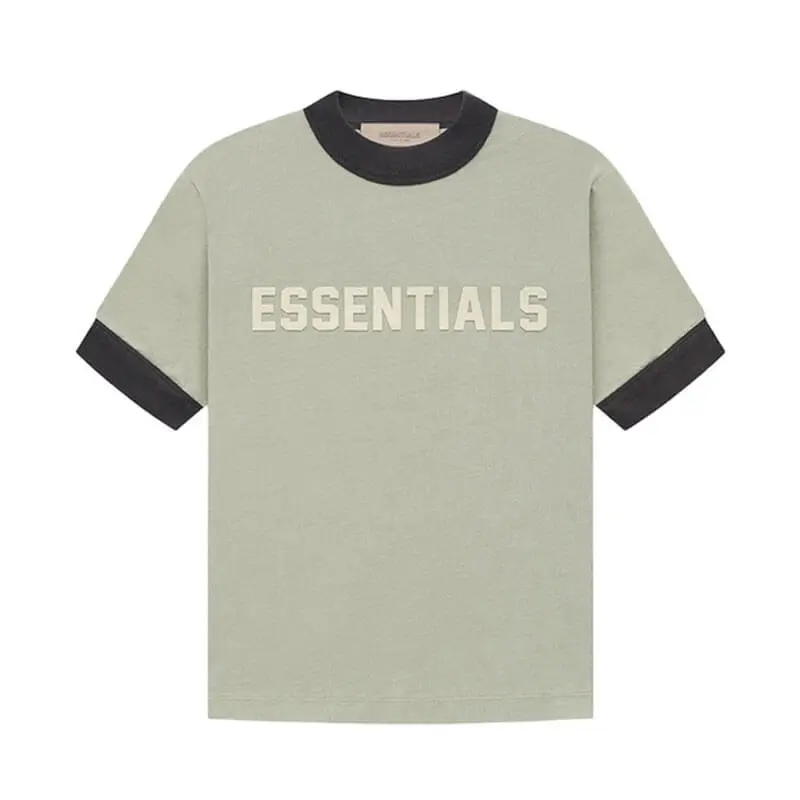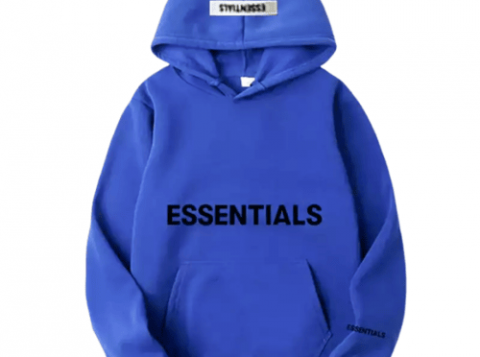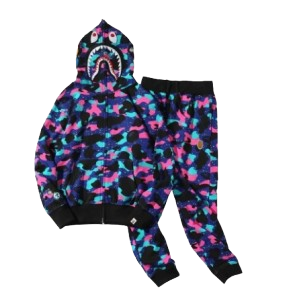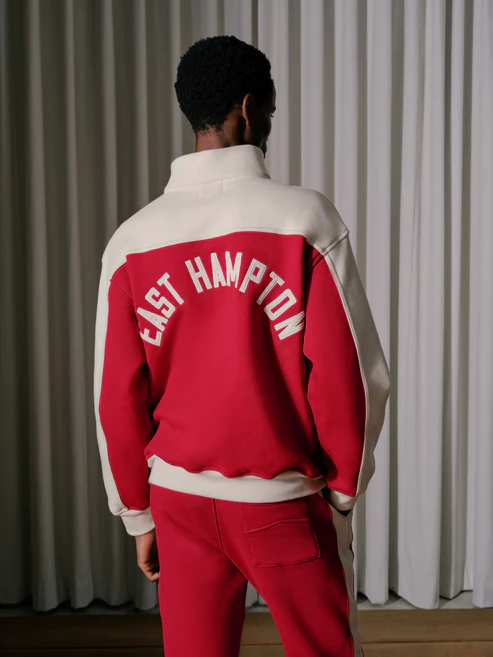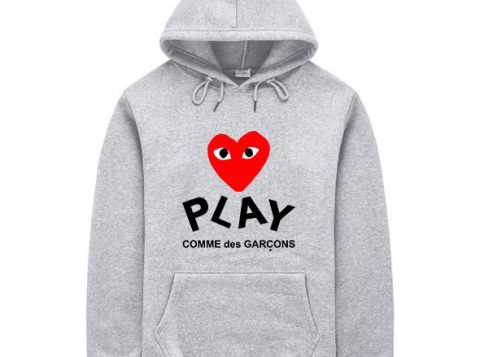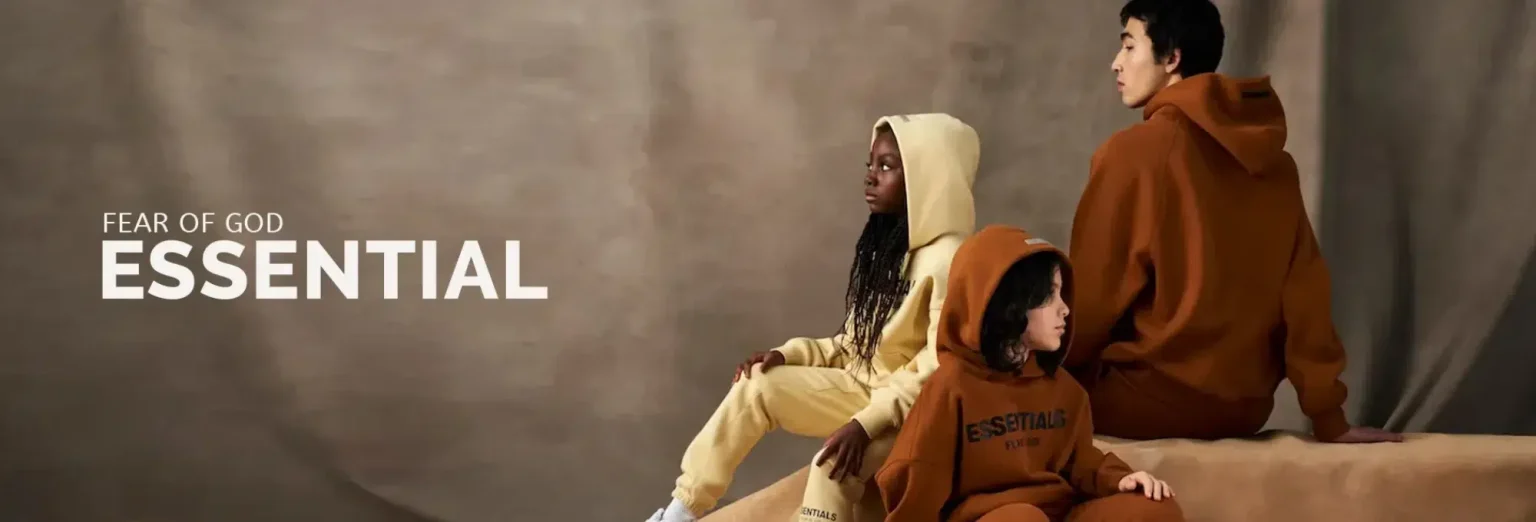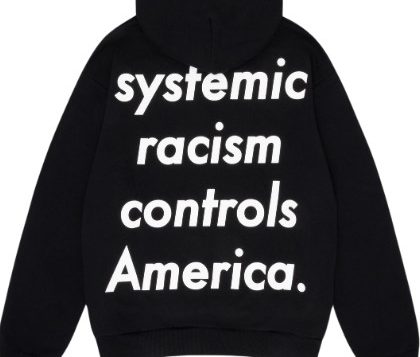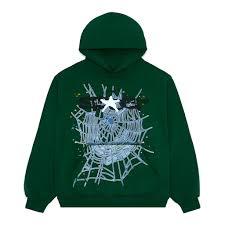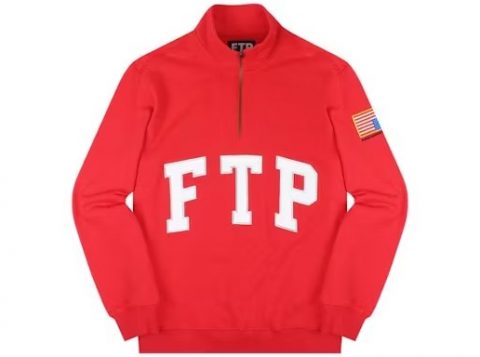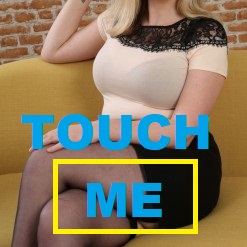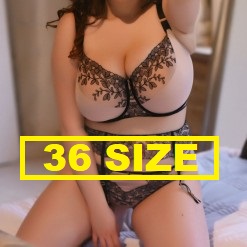
Labubu Meets Berlin: Blending Pop A
Berlin, a city known for its gritty creativity, rebellious energy, and diverse cultural tapestry, has always been a magnet for artistic expression. In this vibrant environment, Labubu , the quirky, mischievous creature from the imaginative world of artist Kasing Lung and produced by How2Work, has found an unexpected yet perfect home. As Labubu meets Berlin, the collision between Asian Pop Art and German street culture gives rise to a fascinating aesthetic dialogue — one that merges playful modern design with deep-rooted artistic rebellion.
The Arrival of Labubu in Berlin’s Art Scene
Berlin’s art world thrives on novelty and subversion. The city’s walls, galleries, and underground studios pulse with experimentation, and Labubu has quickly become a symbol of modern-day collectible art in this context. The figure’s impish grin and surreal charm echo Berlin’s avant-garde ethos — a mixture of whimsy and defiance.
Labubu’s debut in Berlin wasn’t confined to toy stores or collectors’ showcases. Instead, it entered the city’s creative bloodstream, appearing in art exhibitions, concept stores, and fashion collaborations. For Berliners, Labubu isn’t merely a collectible; it’s a statement piece, a small yet powerful emblem of cross-cultural creativity.
Pop Art Reimagined: From Andy Warhol to Labubu
To understand Labubu’s impact on Berlin’s art culture, one must first revisit the essence of Pop Art — an art movement that democratized creativity and blurred the boundaries between commercial design and fine art. Berlin, which embraced Pop Art’s rebellious spirit decades ago, now sees in Labubu a new generation’s interpretation of that ethos.
Labubu embodies the playfulness and accessibility of Pop Art, while introducing a distinctly modern narrative shaped by digital-age fandom and global collectibles culture. Just as Warhol transformed soup cans into icons, Labubu elevates vinyl figures into artistic avatars of emotion, identity, and humor. In Berlin’s street galleries and pop-up events, Labubu is often juxtaposed with graffiti, projections, and contemporary installations — redefining how Pop Art engages with the modern viewer.
Berlin’s Urban Canvas: The Perfect Playground for Labubu
Berlin’s streets have long served as open-air galleries for artists seeking freedom of expression. The juxtaposition of raw concrete and vivid graffiti creates a space where traditional rules of art dissolve. It’s no surprise that Labubu fits seamlessly into this environment.
From Kreuzberg to Friedrichshain, street murals have begun to incorporate Labubu’s expressive face, merging the character with Berlin’s subcultural iconography. These spontaneous street artworks speak of unity between toy art and street art, two genres that share a passion for accessibility, creativity, and rebellion against conformity.
Labubu’s visual language — bright colors, whimsical lines, and mischievous emotion — harmonizes with Berlin’s own visual chaos and cultural hybridity. In the process, the city becomes a living canvas that celebrates both global collaboration and local authenticity.
The Intersection of Collectibles and Culture
In recent years, the collectible art market in Germany has evolved beyond traditional boundaries. What was once dismissed as “toys for adults” has now entered galleries, fashion houses, and design studios. In Berlin, collectors and artists treat Labubu not just as an object of nostalgia but as a serious artistic medium.
Pop-up exhibitions featuring Labubu have drawn diverse audiences — from toy collectors to art critics, from fashion enthusiasts to street photographers. The character’s presence in Berlin encapsulates the city’s openness to blending cultures and disciplines. Each figure, limited in edition yet infinite in interpretation, reflects Berlin’s appetite for individuality and its defiance of mass uniformity.
Labubu and the Rise of Designer Toy Culture in Germany
Designer toys like Labubu have redefined how Germans perceive contemporary art. What was once a niche community has become a thriving subculture, supported by social media, international conventions, and creative crossovers. In Berlin, where design innovation meets underground authenticity, Labubu represents both an aesthetic and philosophical movement.
The growing interest in designer toys mirrors the shift in consumer values toward storytelling, craftsmanship, and exclusivity. Berlin’s creatives — from tattoo artists to digital illustrators — find inspiration in Labubu’s expressive ambiguity. Its mix of childlike innocence and rebellious undertone resonates deeply with Berlin’s postmodern identity.
Through limited-edition releases, gallery collaborations, and online hype, Labubu has evolved into a cultural icon — one that bridges the gap between Eastern creativity and Western subculture. Berlin’s role as a hub of artistic experimentation has accelerated this phenomenon, turning Labubu into a unifying symbol of the city’s global artistic dialogue.
The Emotional Core of Labubu’s Popularity
Beyond its visual charm, Labubu strikes a deep emotional chord. Its expressive eyes and mischievous demeanor evoke a sense of imperfection and vulnerability, qualities that Berliners, with their love for authenticity, deeply appreciate. In a world dominated by polished digital art, Labubu’s hand-crafted essence feels refreshingly real.
In Berlin’s contemporary art scene, this emotional rawness is celebrated. Artists and curators alike recognize that Labubu’s power lies in its ability to connect emotion with form, transcending language and geography. Whether displayed in a minimalist gallery in Mitte or photographed against the graffiti walls of Neukölln, Labubu reflects Berlin’s soulful chaos and creative freedom.
Fashion, Streetwear, and the Labubu Effect
Berlin’s fashion industry — defined by streetwear, experimental design, and cultural fusion — has also embraced Labubu. Collaborations between local designers and Labubu-inspired aesthetics highlight the character’s adaptability. Its playful form appears on limited-edition apparel, accessories, and even in concept fashion shows.
Labubu’s incorporation into Berlin’s streetwear scene mirrors a wider cultural shift where fashion becomes a form of artistic storytelling. Much like Berlin’s fashion ethos, Labubu’s designs reject perfection and embrace individuality. This intersection of style and story enhances the collectible’s cultural value, turning it into a wearable symbol of Berlin’s creative rebellion.
Labubu as a Symbol of Global Artistic Unity
In an era where art transcends borders, Labubu stands as a testament to cultural exchange and collaboration. Its journey from Hong Kong’s art scene to Berlin’s urban streets illustrates the universal language of creativity. Both Berlin and Labubu share a mutual ethos — one that values diversity, expression, and emotional truth.
Berlin’s acceptance of Labubu demonstrates how artistic globalization can lead to meaningful connections rather than cultural dilution. Through this synthesis of East and West, Pop and Street, Collectible and Conceptual, a new artistic identity is being forged — one that redefines how art interacts with the modern world.
Conclusion: The Future of Pop Art in Berlin through Labubu’s Eyes
As Berlin continues to evolve as Europe’s capital of creativity, figures like Labubu will remain at the forefront of cultural transformation. Labubu Doll They represent more than collectibles; they are symbols of artistic evolution, bridging worlds, aesthetics, and emotions. In a city that thrives on reinvention, Labubu’s playful yet profound presence reminds us that true art doesn’t just reflect the times — it reshapes them.
Labubu and Berlin are not merely collaborators in visual art; they are co-conspirators in a cultural movement that celebrates imagination, diversity, and rebellion. Together, they redefine what it means to create, to collect, and to belong in the 21st-century art world.
